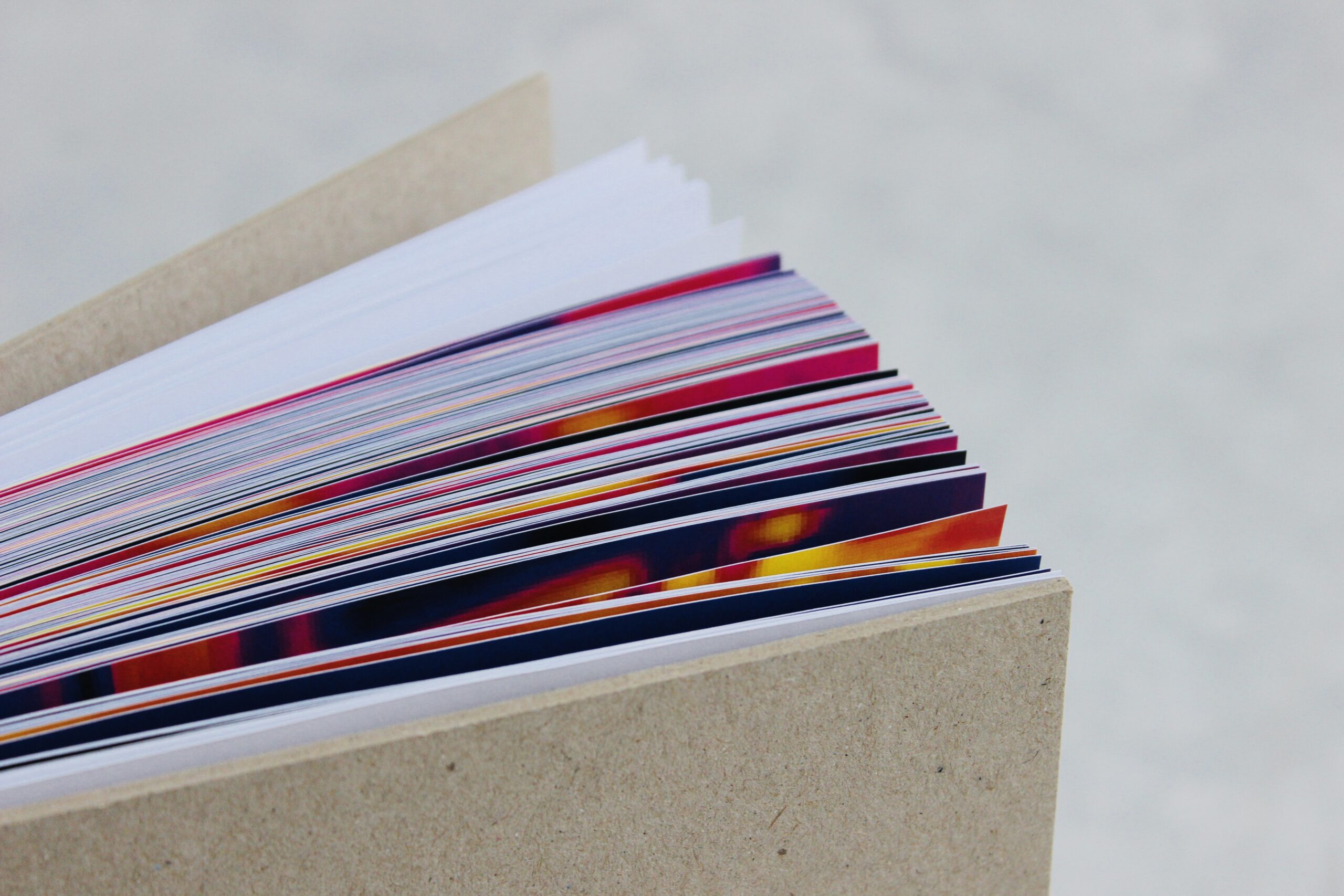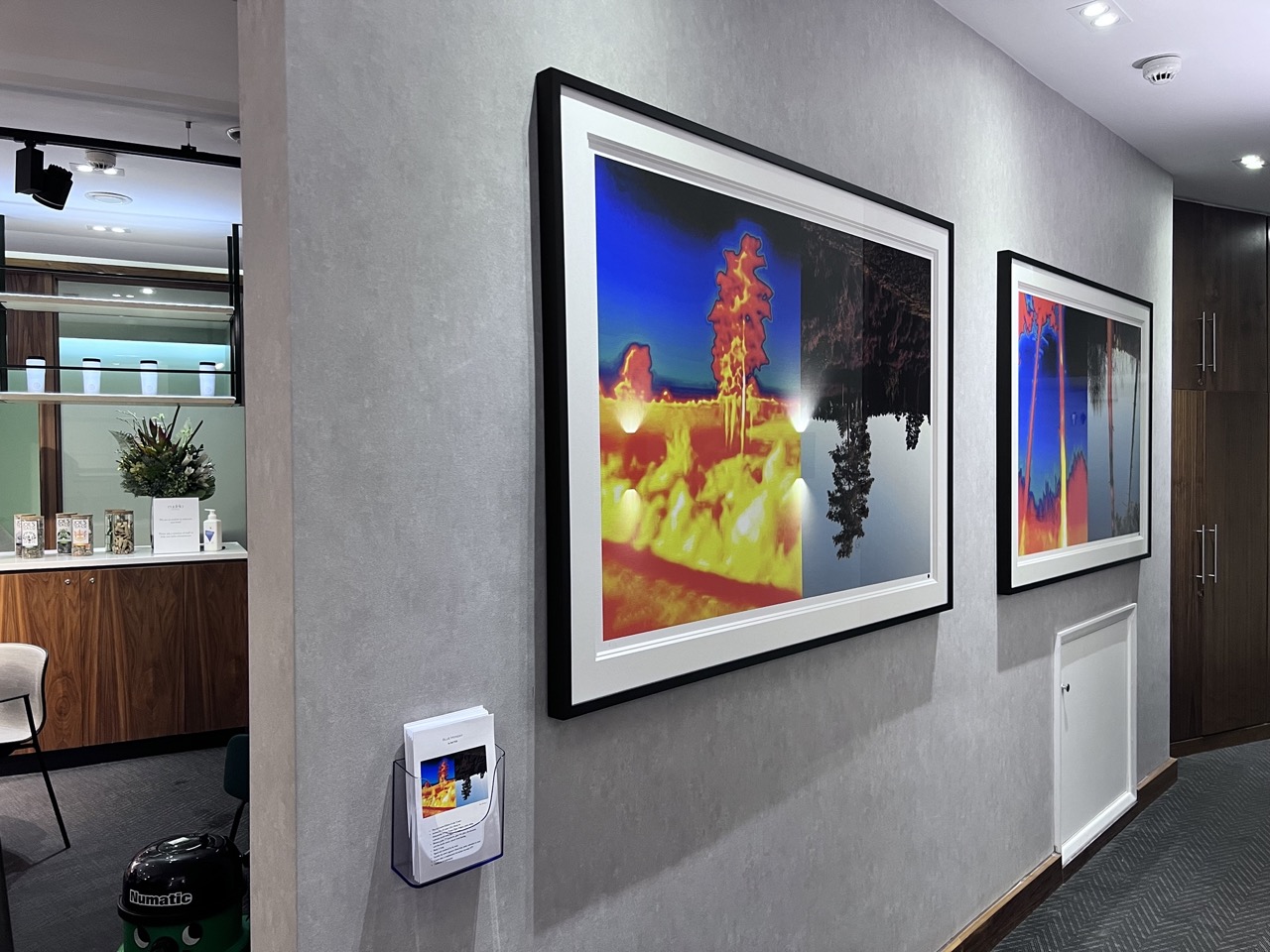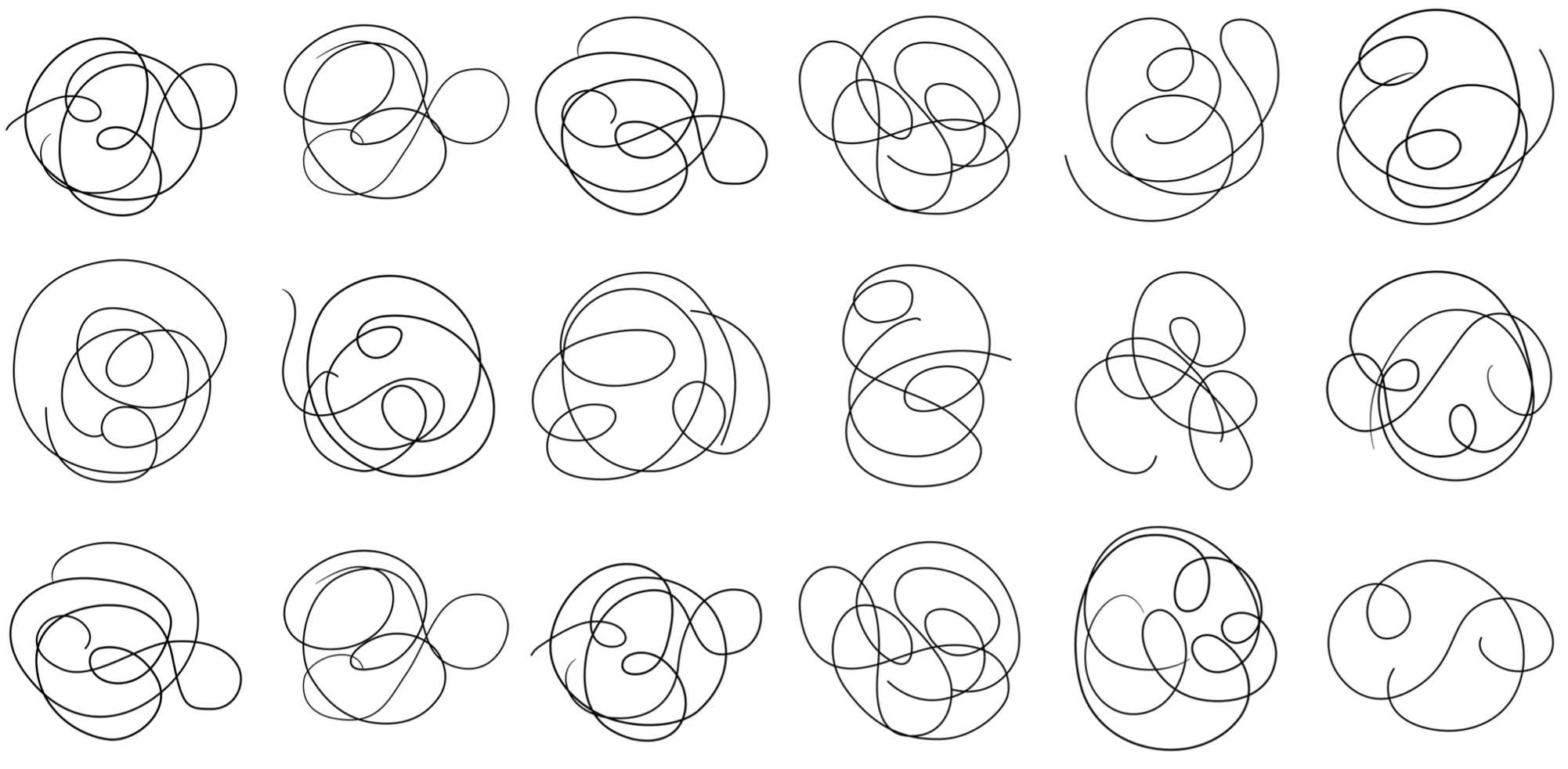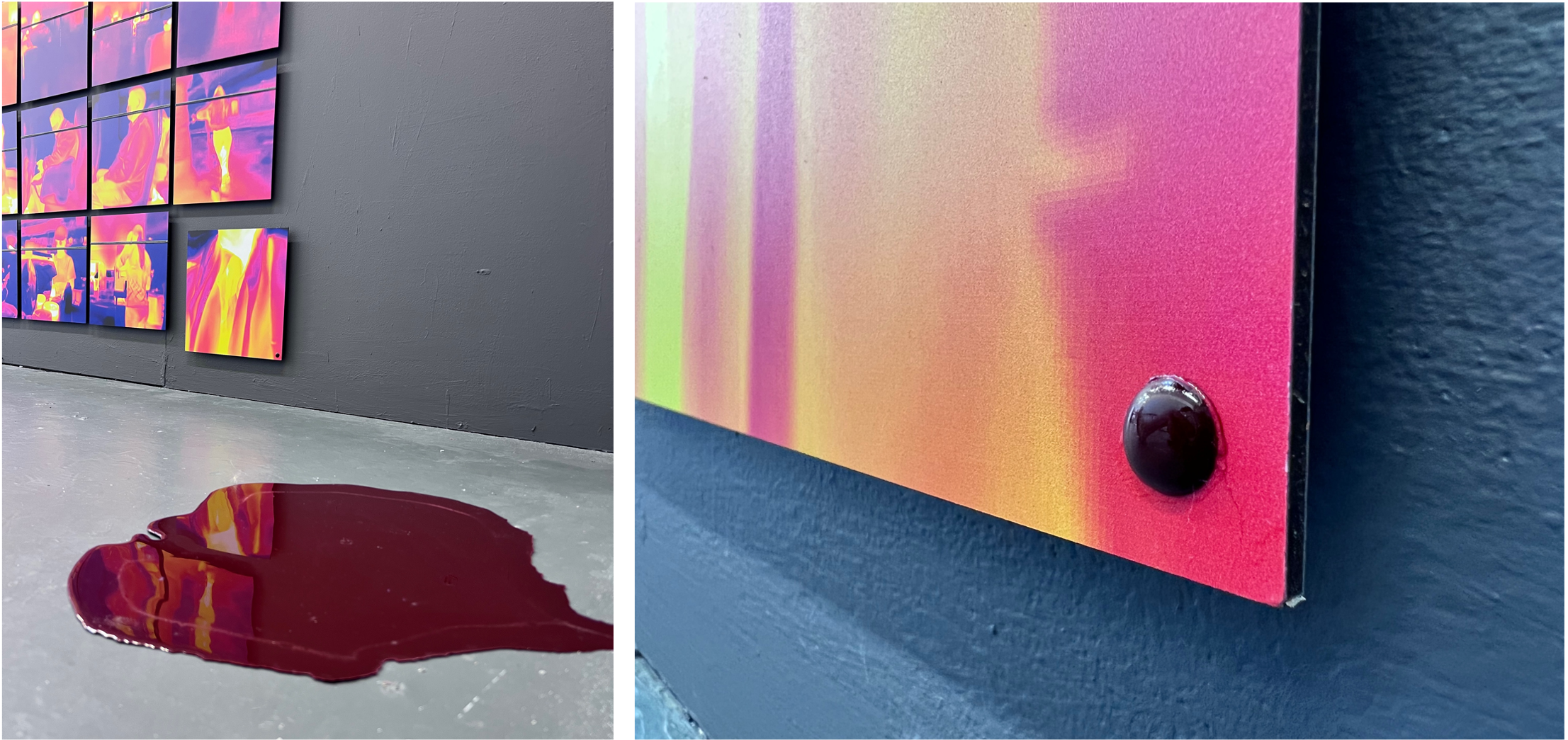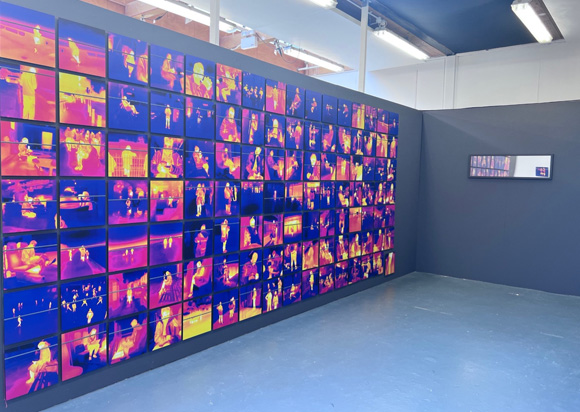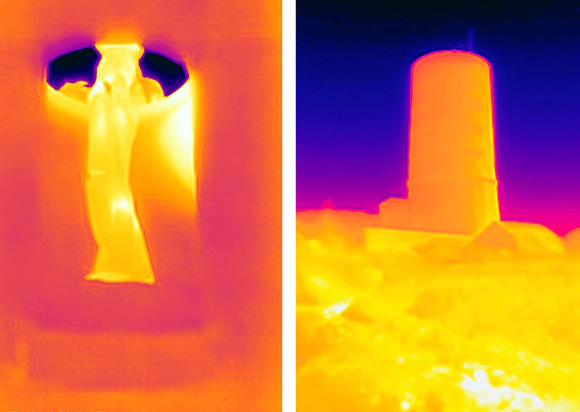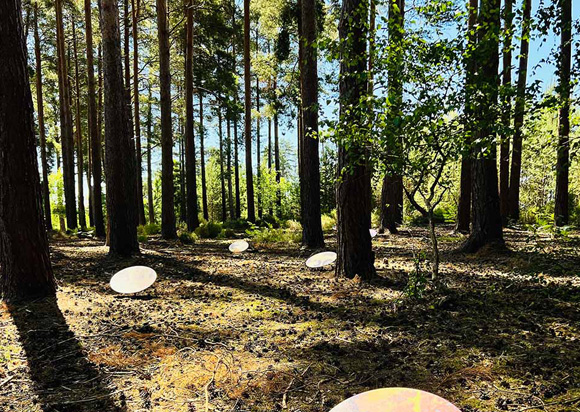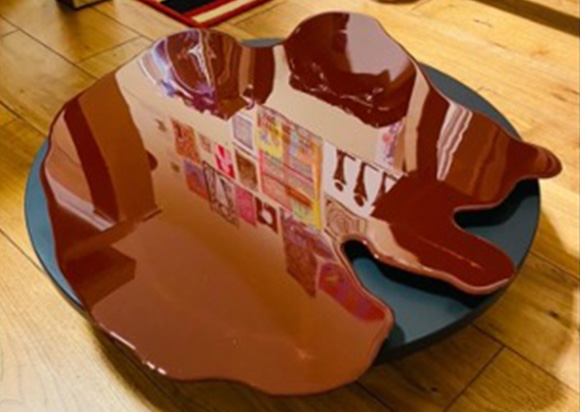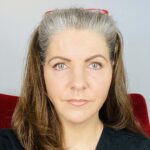
Stef Will
• 31 May 2021
Why did art and science get a divorce?
The other day I was thinking about the fact that art and science are very much seen as separate entities these days, even as being on opposite sides of the spectrum (whatever spectrum that is…).
However, it hasn’t always been this way. In previous centuries art and science closely connected and interwoven. Think about Leonardo da Vinci (1452-1519), who was both a scientist and a physician, but also an artist. When he was around, there was no strict separation between art and science, which allowed him to investigate the entire spectrum of the human experience and therefore greatly contribute to the pursuit of uncovering what it means to be human.
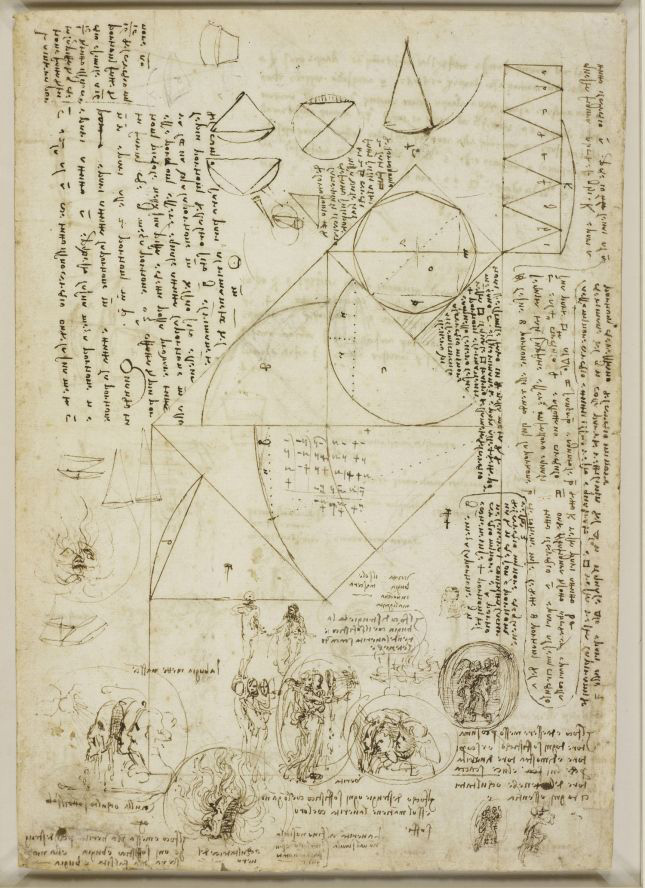
I like that interconnectedness of art and science and I think it’s important. Maybe that’s because I am, too, a scientist, a doctor and an artist. That is reflected in my (art)work, which is based at the interface of art and science, exploring the sense of self and identity in relation to human embodiment. This also includes investigations into visible versus invisible aspects of the body, such as the material body in relation to the invisible electromagnetic energy field surrounding the body, as well as the nature of consciousness in relation to the physical brain, i.e. is our brain the source of consciousness, or is it the mere receiver (I have come to the conclusion that it’s the latter…).
Related to above are inquiries into perception of energy fields, after science has confirmed that not only pigeons, sharks, and other animals, but also humans can sense electromagnetic fields (so-called ‘magnetoception’), such as the earth’s innate biofield. This means that humans do in fact have a sixth sense, albeit a neglected one.
Having worked as a doctor for nearly 30 years has naturally influenced my (art)work, which is very much informed by an interdisciplinary practice, being immersed in the two worlds of art and medicine/science. I believe this creates an opportunity to develop concepts that may otherwise or remain less authentic.
Another ‘hybrid’ scientist/physician/artist, albeit less known than Da Vinci, was Robert Fludd a good hundred years later (1574-1637). He, too, passionately explored the interface of art and science. Born in England, but of Welch origin, he graduates with both medicine as well as humanities studies from Oxford University.
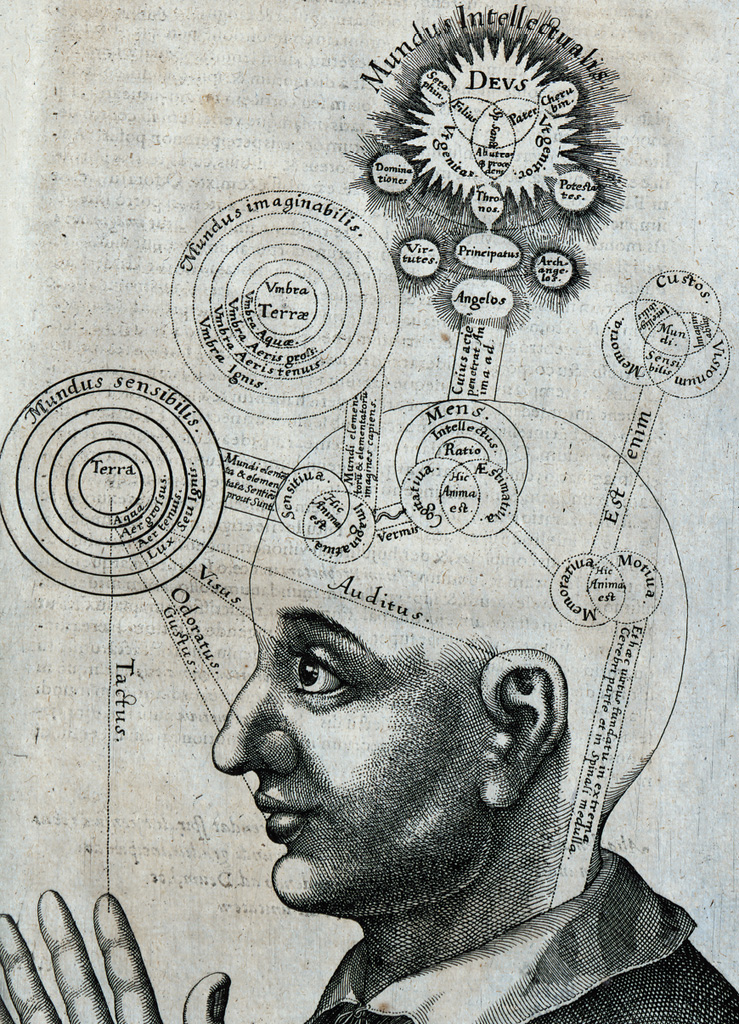
Fludd is most known for his books History of the Two Worlds (Utriusque Cosmi … Historia, 1617-21). The two worlds he refers to are the ‘microcosm’ of human life and the ‘macrocosm’ of the universe, as he calls it, so was clearly interested in spiritual and metaphysical matters, as well as physical aspects of the body, which got him into stormy waters the established British medical profession – no surprise there…).
It is said that he aimed to survey all human knowledge available at his time, so no doubt contributed to the quest for greater understanding of what it means to be in human body on earth, despite the fact that his doctor colleagues may have not liked him very much at the time.
I only discovered Fludd quiet recently but am fascinated and will definitely continue to look into his work.
